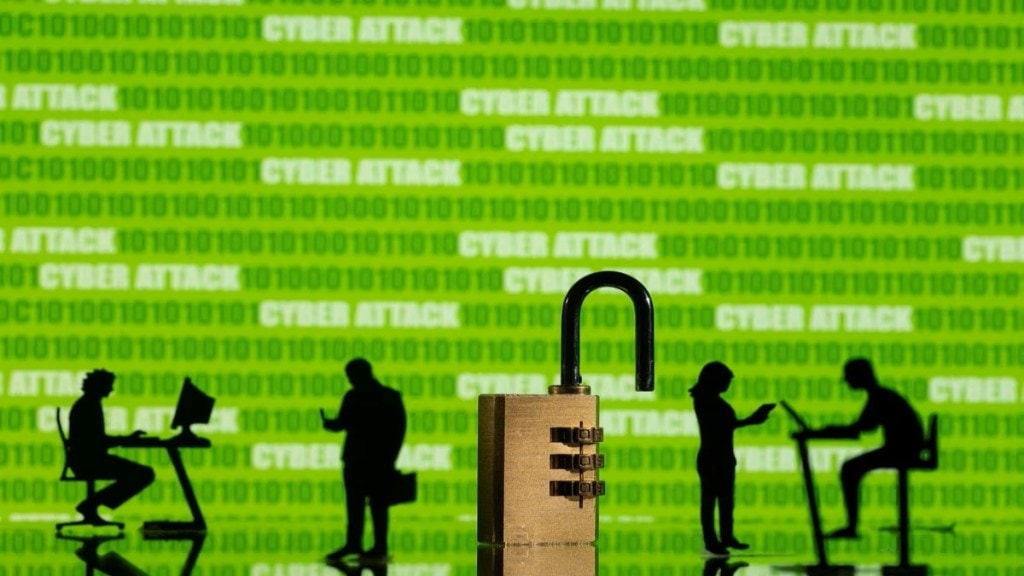In line with its focus to promote digitisation, the government is now aiming to expand the scope of DigiLocker to include its use cases for the industry and add-on functionalities like one-time KYC process for the ease of public services.
Apart from the people-centric use case, the industry-centric DigiLocker will also help companies to manage documents digitally with Aadhaar authentication for verification purposes.
In the Union Budget, the government announced the upgradation of DigiLocker to an Entity DigiLocker to cater to the digitisation demand of different medium and small businesses and charitable trusts across the sectors.
“Fintech has benefitted already. Most of the fintech unicorns use digital locker KYCs, insurance industry has benefited a lot. In the days to come, I will see a lot of usage of digital locker APIs by health sector, educational institutions, and the companies who are hiring people,” Abhishek Singh, CEO of National eGovernance Division (NeGD) said.
DigiLocker was launched in 2016 as an initiative under MeitY, as part of the government’s Digital India programme to reduce the dependency on physical documents. So far, it was restricted only for personal use and documents like the Aadhaar card, permanent account number (PAN) verification record, two-wheeler insurance policies, ration card and a vehicle’s registration certificate (RC) were the top issued documents on the ‘citizen’s digital document wallet’.
Its popularity has grown among users. The total registered user base has grown from about 1.2 million in 2016 to a staggering 148 million presently, according to statistics published on the official website.
In her speech on February 1, Finance Minister Nirmala Sitharaman talked about the focus on simplifying the KYC processes. “A one-stop solution for reconciliation and updating of identity and address of individuals maintained by various government agencies, regulators and regulated entities will be established using DigiLocker service and Aadhaar as foundational identity,” Sitharaman said.
According to Singh, “Right now, people update their address but then they have to do the KYCs for bank accounts credit cards, driving licences, utility bills, so DigiLocker will build a functionality that will allow address update in all databases that are linked with Aadhaar. Work is going on towards that and the feature will become live very soon”.
DigiLocker exists like any other app on the phone that can be secured with a unique numeric combination. In order to increase the penetration of DigiLocker, the government is looking to ensure that it also comes as a preloaded default app on the Android operating system (OS).
According to experts, DigiLocker for entities without an attached data governance policy can create ancillary problems. The constructs around how the data can or cannot be used and shared is something that needs to watch out for.
“Privacy is a cardinal principle of software services provided by the government. Infact in DigiLocker too, the privacy and security of data is maintained. Ofcourse, adoption of of any service takes time but I am happy seeing the progress made by the government so far,” said RS Sharma, former secretary at ministry of electronics and information technology (MeitY). DigiLocker was launched by the IT ministry during Sharma’s tenure.
When asked about comparison of DigiLocker with Google Drive, Sharma said the former is more than just storing your documents. DigiLocker is widely accepted across the government departments and provides authentication through digital signature using Aadhaar as well.
After DigiLocker operates in full swing, a private bank while processing a loan application can directly connect with the Income Tax (IT) department and request or access the relevant paperwork, that way the process is more seamless and eliminates any risk of forgery, Pankit Desai, CEO and co-founder, Sequretek, a cybersecurity firm explained.
“The government will ideally tap the urban population and MSMEs during the initial days to ensure a healthy adoption rate and then the learnings will be applied while penetrating the Tier 3 and beyond regions. My guess is it will take four to five years before DigiLocker becomes the preferred choice among all users – it will be like the UPI moment for Indians,” Desai added.

